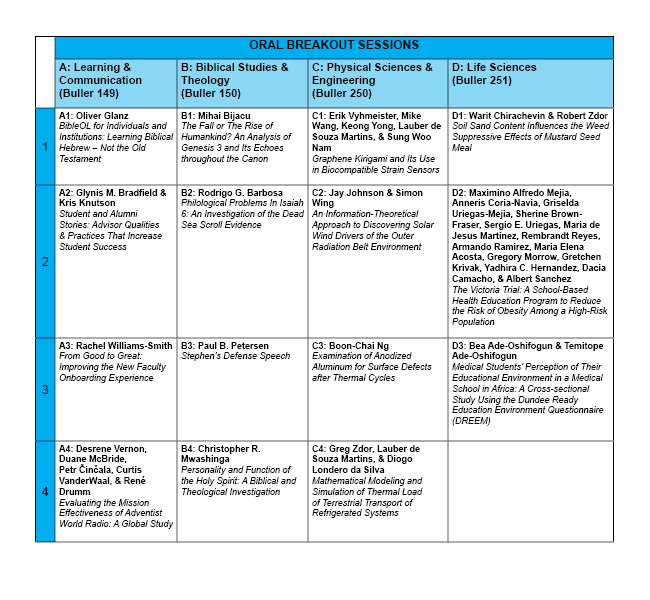Presentation Title
C-1 Graphene Kirigami and Its Use in Biocompatible Strain Sensors
Presenter Status
Professor
Preferred Session
Oral Session
Start Date
4-11-2016 3:00 PM
End Date
4-11-2016 3:15 PM
Presentation Abstract
Graphene’s large fracture strain (>30%), chemical inertness, and piezoresistive nature make it well suited for use as a biocompatible strain sensor. Due to the limited applicability of freestanding graphene, a multilayer structure with graphene as its operative component was designed. This rectangular structure consists of a bottom layer of SU-8 (a family of photo-patternable polymers), a center layer of graphene, and a top layer of SU-8 and gold, such that the gold contacts the graphene directly on the furthest ends of the structure, acting as electrical contacts. However, as SU-8 is not as stretchable as graphene, kirigami-style patterning is applied via photolithography (SU-8) and oxygen plasma etching (graphene) to the entire structure during fabrication, allowing for a greater fracture strain. Kirigami (a Japanese art form related to cutting patterns into paper) affects the stress concentration in the graphene, affecting its piezoresistive gauge factor. The complete (patterned) structure exhibited a fracture strain of 40%, a 900% increase over unpatterned SU-8 of similar thickness.
C-1 Graphene Kirigami and Its Use in Biocompatible Strain Sensors
Graphene’s large fracture strain (>30%), chemical inertness, and piezoresistive nature make it well suited for use as a biocompatible strain sensor. Due to the limited applicability of freestanding graphene, a multilayer structure with graphene as its operative component was designed. This rectangular structure consists of a bottom layer of SU-8 (a family of photo-patternable polymers), a center layer of graphene, and a top layer of SU-8 and gold, such that the gold contacts the graphene directly on the furthest ends of the structure, acting as electrical contacts. However, as SU-8 is not as stretchable as graphene, kirigami-style patterning is applied via photolithography (SU-8) and oxygen plasma etching (graphene) to the entire structure during fabrication, allowing for a greater fracture strain. Kirigami (a Japanese art form related to cutting patterns into paper) affects the stress concentration in the graphene, affecting its piezoresistive gauge factor. The complete (patterned) structure exhibited a fracture strain of 40%, a 900% increase over unpatterned SU-8 of similar thickness.



